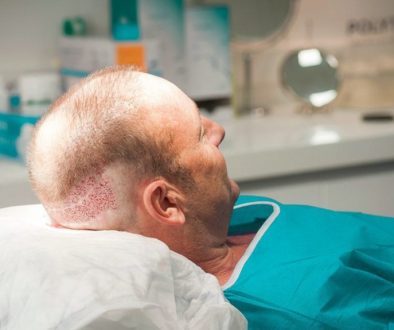Why Non-Surgical Hair Loss Treatments Complement a Hair Transplant

Forum member “Roy” is about to undergo surgical hair transplantation with Coalition member Dr. Ron Shapiro and wants to know what risks are involved in proceeding into surgery without taking Propecia (finasteride) to attempt to slow down continued loss. Visit “Going into Hair Transplant Surgery without Medication” to discuss why non-surgical hair loss products complement a hair transplant and the risks included in not taking them.
Bill Seemiller
Managing Publisher
Follow our community on Twitter
Watch hair transplant videos on YouTube
Technorati Tags: hair restoration, follicular units, hair groupings, balding, hair transplant, bald, baldness, hair loss, hair loss treatments, hair transplantation, Propecia, finasteride, hair loss products, Bill Seemiller



